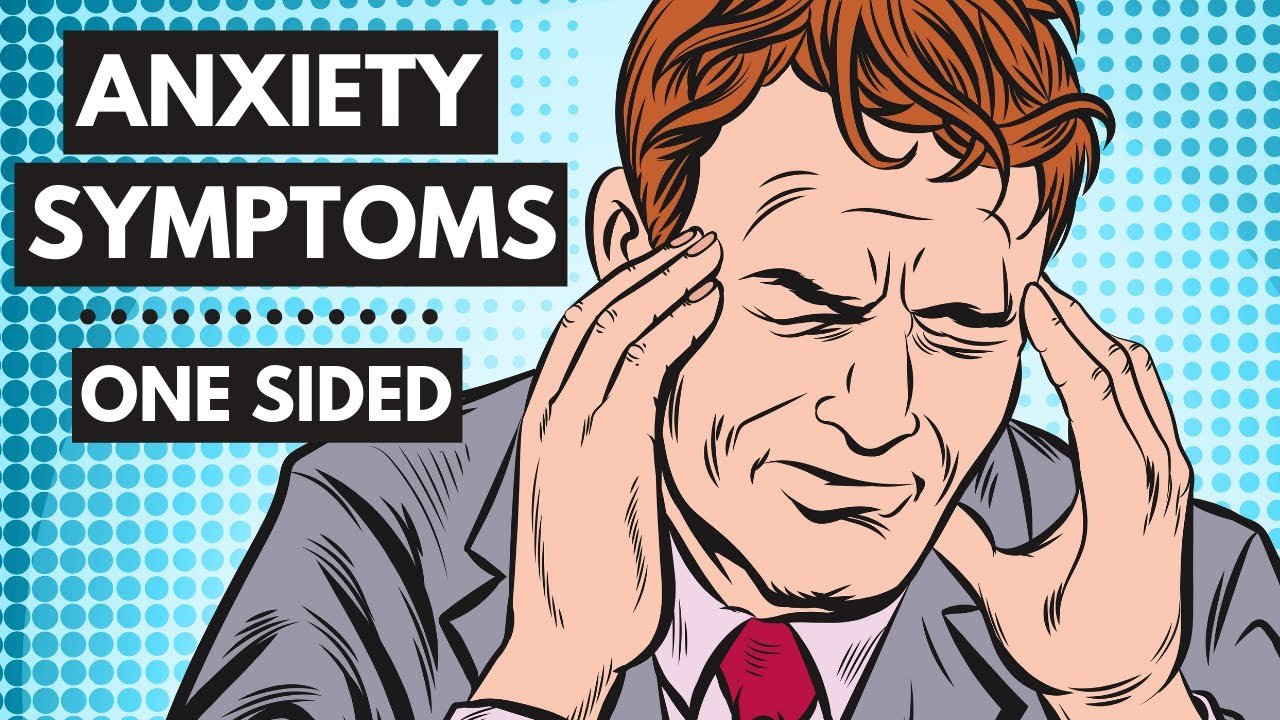Understanding consumer behavior is critical for businesses today. To better serve their customers, companies need to know how people live, what they like, and what influences their buying decisions. But you might be wondering, how are consumer lifestyles measured? It’s not as tricky as it sounds! In this post, we’ll dive into the various ways marketers and researchers analyze and measure consumer lifestyles. Whether you’re curious about how brands know your preferences or you’re in business yourself, you’ll find valuable insights here.
What Are Consumer Lifestyles?
Before we jump into how consumer lifestyles are measured, let’s quickly define what they are. A consumer lifestyle refers to the habits, behaviors, and preferences of an individual or group that influence how they spend their time and money. This can include things like:
- Shopping habits
- Brand preferences
- Leisure activities
- Values and beliefs
Think about it: the brands you buy, the media you consume, and even how you spend your free time all contribute to your lifestyle. Companies use this information to tailor products, services, and marketing strategies that resonate with you.
How Are Consumer Lifestyles Measured?
Measuring consumer lifestyles isn’t as straightforward as asking people what they like. Instead, companies and researchers use a combination of tools, methods, and data sources to get a well-rounded view of their target audience. Let’s break down the key ways they do this.
1. Surveys and Questionnaires
One of the simplest and most direct ways to measure consumer lifestyles is through surveys and questionnaires. By asking targeted questions, companies can gather information about people’s interests, hobbies, spending patterns, and values.
For example, a survey might ask questions like:
- How often do you go out to eat?
- What brands do you usually buy for clothing?
- How do you spend your weekends?
Surveys can be done online, over the phone, or in person. They give businesses a clear idea of what their customers care about and how they behave in day-to-day life.
2. Psychographics
Psychographics are another important tool for measuring consumer lifestyles. Psychographics go beyond basic demographic information (like age or income) to explore people’s personalities, values, opinions, and attitudes.
Marketers analyze psychographic data to understand why people make the choices they do. For instance, if a brand knows that its customers value sustainability and eco-friendliness, they can focus their advertising on how their products are environmentally friendly.
Psychographics often cover areas such as:
- Values and beliefs: What do consumers care about?
- Interests and hobbies: What do they like to do in their free time?
- Social attitudes: How do they feel about current events or social issues?
By understanding these deeper motivations, businesses can create marketing messages that connect on an emotional level.
3. Social Media and Online Behavior
In today’s digital world, companies gather a ton of data from social media platforms and online behavior. Whether you’re posting photos, liking content, or shopping online, you’re leaving behind clues about your lifestyle.
Marketers use tools like social media listening to track consumer conversations, trends, and sentiments. They analyze what people are talking about, who they follow, and which brands they engage with. This helps them understand the lifestyle preferences of their target audience.
For example, if a company notices that their customers are frequently sharing posts about outdoor adventures, they may develop more products tailored to an active, nature-loving lifestyle.
4. Customer Data and Purchase History
Another way to measure consumer lifestyles is by looking at customer data and purchase history. This is often collected through loyalty programs, online purchases, or membership sign-ups.
By analyzing what people buy and how often, companies can identify patterns in consumer behavior. For instance, if a shopper frequently buys high-end skincare products, a company can conclude that this consumer values premium beauty items and target them with similar high-end offerings.
Purchase data can reveal a lot about a person’s lifestyle, from the types of products they prefer to how much they’re willing to spend on certain categories.
5. Focus Groups
While surveys and data are great, sometimes companies need to dig a little deeper into why consumers make certain choices. Focus groups are small, moderated discussions where consumers share their opinions about a brand, product, or lifestyle trend.
During a focus group, participants might be asked about their favorite brands, how they spend their weekends, or what they think of certain products. This qualitative data provides rich insights that can’t always be captured in a survey.
Focus groups allow companies to hear directly from consumers in their own words, which helps to humanize the data and understand emotional drivers behind decisions.
Why Measuring Consumer Lifestyles Matters
Now that we know how consumer lifestyles are measured, let’s talk about why it’s so important. Measuring lifestyles helps businesses:
- Tailor products and services: By understanding what consumers value, companies can create products that align with their needs and preferences.
- Improve marketing strategies: When businesses know how their target audience lives, they can create more effective, personalized marketing campaigns that resonate on a deeper level.
- Enhance customer experience: Knowing consumer preferences helps businesses offer better, more relevant experiences, both online and in-store.
- Predict trends: Lifestyle measurements can reveal shifts in consumer behavior, allowing companies to stay ahead of trends and adapt accordingly.
For example, if a brand notices an increase in customers interested in eco-friendly living, they might introduce more sustainable product options or promote their green initiatives.
Conclusion
Measuring consumer lifestyles is an essential part of modern business strategy. From surveys and social media behavior to purchase data and psychographics, companies have many tools at their disposal to understand their customers’ habits, preferences, and values.
By taking the time to measure and analyze this information, businesses can create more meaningful connections with their target audience, tailor their offerings, and improve their overall customer experience. Whether you’re a marketer or simply curious about how companies seem to know what you like, now you have a clearer picture of how consumer lifestyles are measured.
FAQs
Q: What is a consumer lifestyle?
A: A consumer lifestyle includes a person’s habits, behaviors, values, and preferences that influence how they spend their time and money.
Q: Why do companies measure consumer lifestyles?
A: Businesses measure consumer lifestyles to better understand their target audience, create more relevant products, and tailor their marketing strategies.
Q: How do companies collect data on consumer lifestyles?
A: Companies use a variety of methods, including surveys, psychographics, social media behavior, customer purchase history, and focus groups.
Q: Can my online behavior influence the products I see?
A: Yes! Companies often track your online behavior, such as social media activity and shopping habits, to offer personalized recommendations and advertisements.Q: Is measuring consumer lifestyles ethical?
A: When done responsibly and with transparency, measuring consumer lifestyles helps businesses serve customers better. However, privacy concerns arise if data is collected without consent or used improperly.










